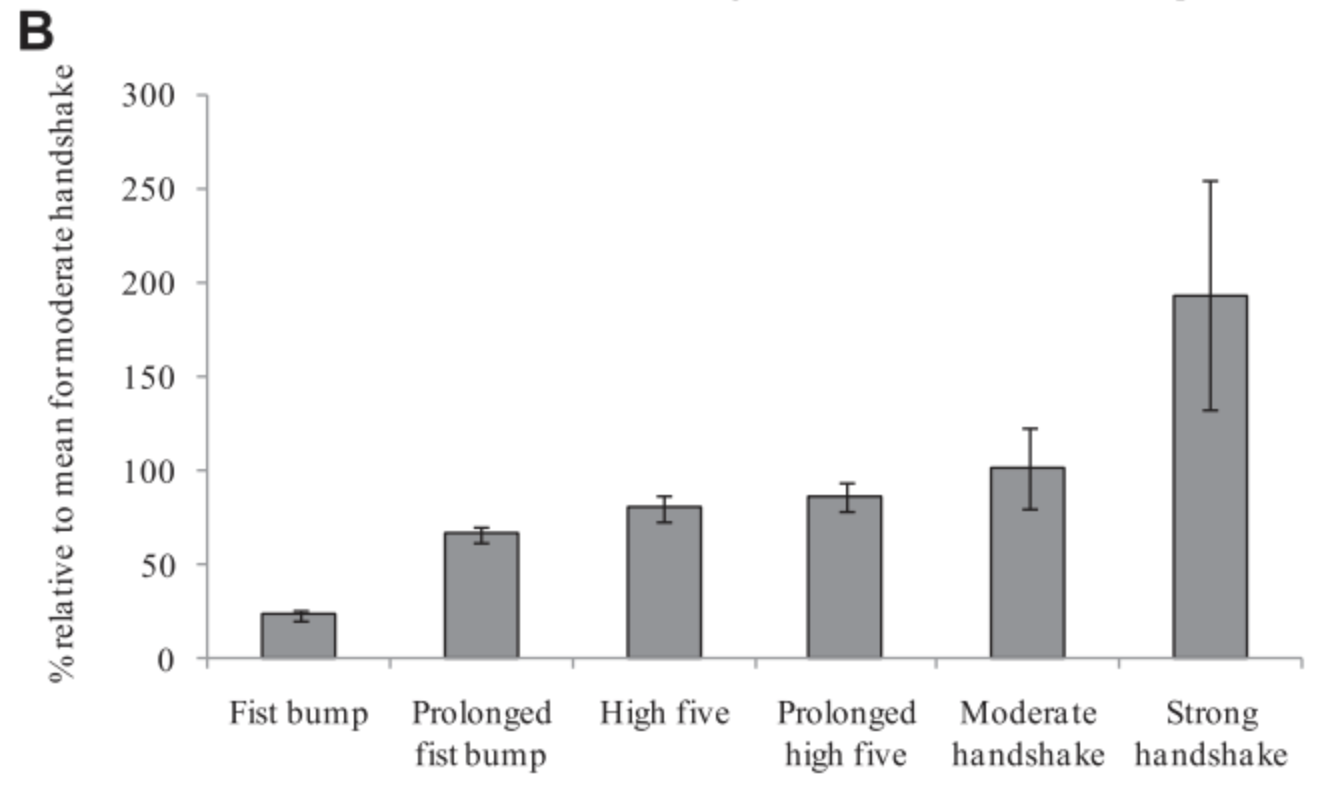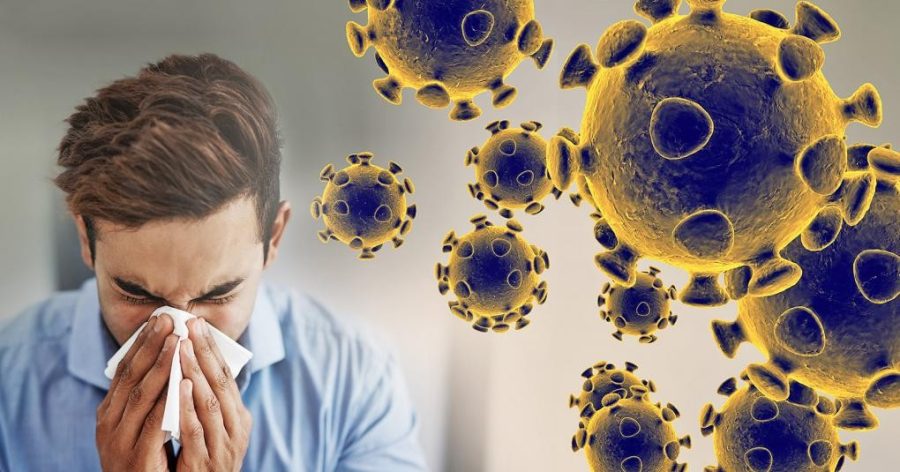It’s another Monday morning.
You sluggishly get out of bed and get ready for a day of classes and work. But this time, you can’t shake off a runny nose, bad cough and flu-like symptoms. Were you one of the few people to have been infected with the novel coronavirus?
Chances are slim.
As of Feb. 22, there have been about 310,000 hospitalizations and 18,000 deaths in the U.S. because of the flu, according to the Center for Disease Control (CDC). In comparison, the coronavirus has caused six deaths, all in the state of Washington, as of March 1, according to The Washington Post.
The coronavirus is similar to the influenza viruses in that they are comprised of single strands of RNA, or ribonucleic acid. This virus has a very high capability of mutation and adaptation, which creates trouble in terms of treatment purposes.
“There is a huge amount of misdirected angst because [the virus] is new and it came from another part of the world. We encountered a similar situation in 2014 with the West Africa Ebola virus,” said Dr. Sean Elliott, an infectious disease physician affiliated with the University of Arizona College of Medicine – Tucson and the Department of Pediatrics.
Like most other viruses, the coronavirus transmits itself through respiratory secretions. Similar to preventing the flu and other viruses, washing hands and proper sneezing etiquette is the best mechanism for prevention. In an effort to remain healthy, individuals who have not been infected oftentimes resort to wearing loop masks in the community setting.

Source: The fist bump: A more hygienic alternative to the handshake from the American Journal of Infection Control
“There is no reason to do it … In the healthcare setting, where one does use masks like that, we need to protect resources,” Elliott said. “It makes no sense to use them in the general community.”
Recently in Tucson, the number of individuals who have read about the virus and present themselves to healthcare providers has increased. Oftentimes, after reading about COVID-19 (coronavirus disease 2019), patients can trick themselves into believing they are infected with it.
“It’s fear of the unknown,” Elliot said. “People sometimes are susceptible to being scared by the most recent bully-man out there and it happens to be COVID-19 today.”
Interestingly enough, the low fatality rate — around 2.3% — of COVID-19 makes it all the more susceptible to the hype it has received. Because it kills a very small minority of the people it infects, the virus is more easily transmitted and thus talked about more often. Patients are often not aware that they have been infected with the virus.
“We’re going to see more cases, but a huge majority of those are going to be mild, and they’ll only be detected because people who are worried will come in to get tested,” Elliott said. “I think we will not see any higher amount of death rates than the other parts of the world are experiencing and potentially far fewer because we have access to very advanced health care and support.”
Despite the mass paranoia about the coronavirus, the influenza virus presents itself as more of an issue to people due a to greater fatality rate.
“If one is going to compare risks, we should get this amped up about the flu every single season,” Elliott said. “The mortality rate [of the coronavirus] is going to be low because the infection itself is not a severe disease.”
Even with the current hype around the virus, medical students have learned to respond to this the same as any other infection: learn how to treat and respond to general pandemics without being bogged down by the specifics of any one virus, since a new year could bring an entirely novel virus.
“Students who are in clinical environments are learning about COVID-19 and its clinical manifestations. However, since next year could bring a completely different virus, it is more important for students to learn about pandemics and how to respond to them,” said Dr. Kevin Moynahan, M.D., a professor of medicine and deputy dean for education at the UA College of Medicine — Tucson, in an email. “This is already part of the curriculum.”
Given the extremely low fatality rate combined with the fact that the United States is the world leader in healthcare and medical treatment, the coronavirus presents itself with very little reason to keep yourself up worrying at night. Preventative techniques — most notably washing your hands — used against any other virus will come in handy and is undoubtedly the best way to remain healthy.
Follow Amit Syal on Twitter









